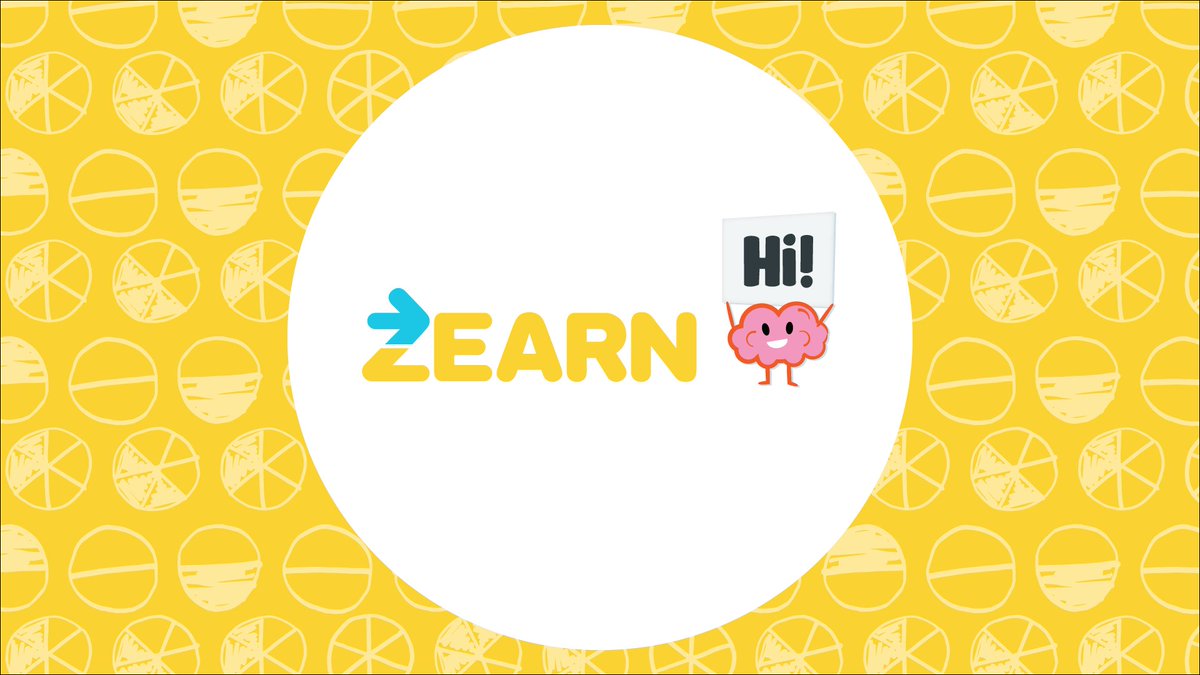Since living with a disability does
not preclude a student from furthering his or her education, these deficits must
be acknowledged and addressed. Luckily,
there are a number of technologies designed to help students with disabilities adjust
to school life with the greatest measure of independence possible and also
allow them to integrate as valuable members of the classroom community. For students that suffer from dyslexia or
other learning disabilities, electronic worksheets can be implemented. These worksheets help students orientate
themselves to the words, equations, and other items that encompass their
assignments. Moreover, some of these
worksheets have a text-to-speech option, which allows for greater ease of
obtaining information. In addition to
these worksheets, there is also phonetic spelling software, which converts the
student’s typing into words that they can listen to after the class or lecture.
For
students who have conditions such as dyscalculia, the use of a talking
calculator is of great benefit to them.
These calculators make it easier to read numbers, perform calculations,
and review or check answers. Most of us
spend our undergraduate years dodging math, but a device like this can be a
game changer for the types of degrees these individuals are willing to pursue. For children who suffer from autism or other
disabilities that cause them to struggle with social situations, assistive
teachers can videotape various interactions.
The tapes can be used to highlight where the students engaged in
positive exchanges and where they might need to improve in the future. Any device that can create an environment in
which disabled students feel included and productive and removes a sense of
isolation should be invested in for the benefit of the entire learning
community.















